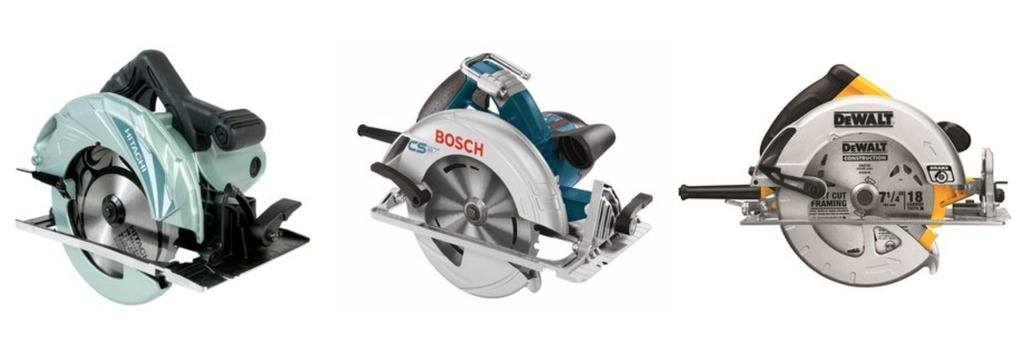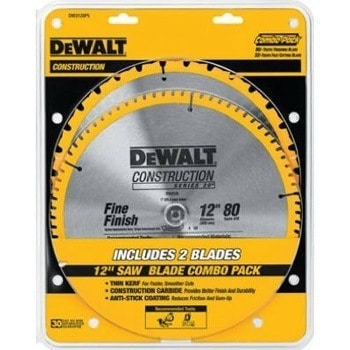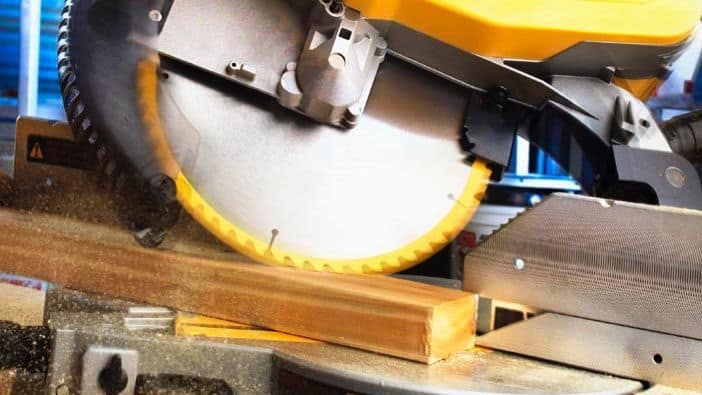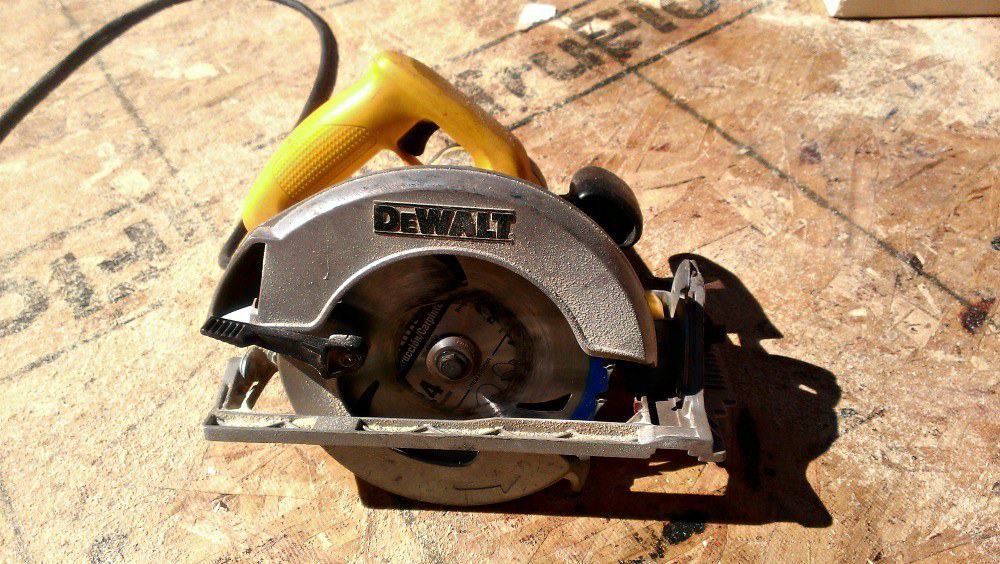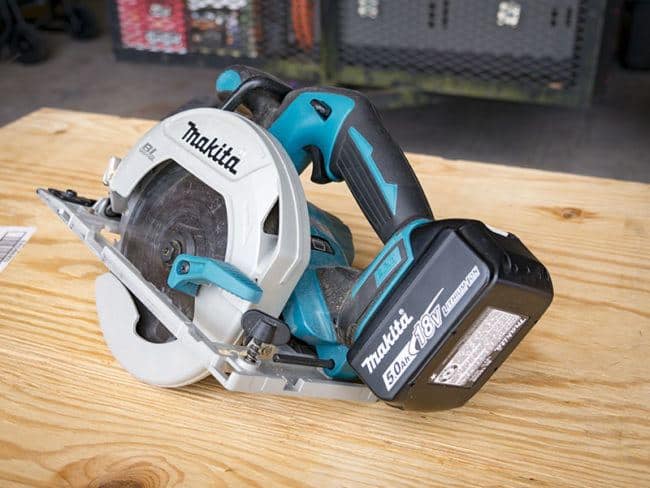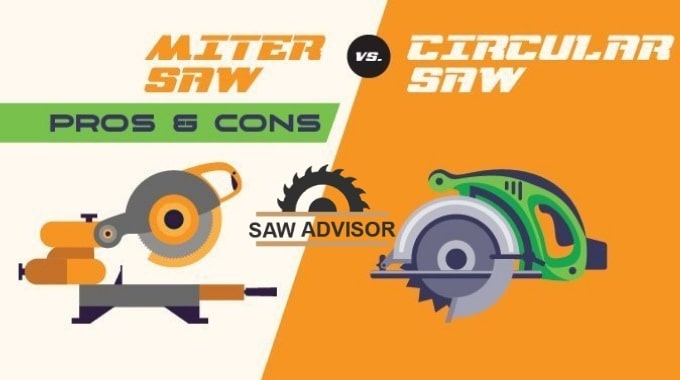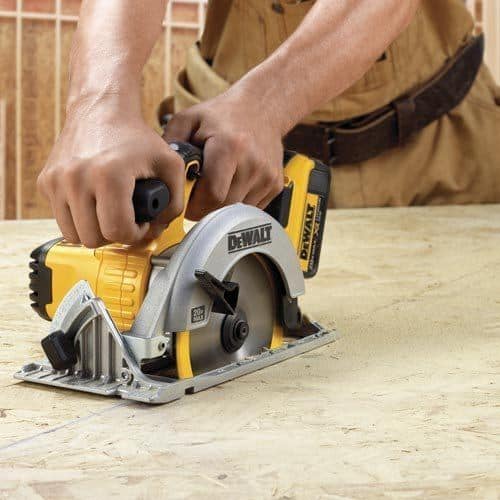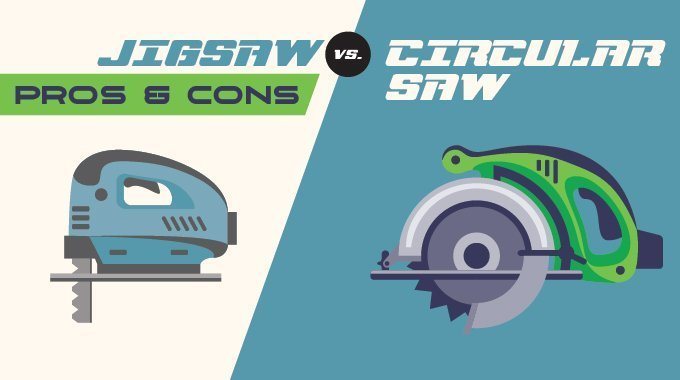Worm Drive Vs Sidewinder Circular Saw Review
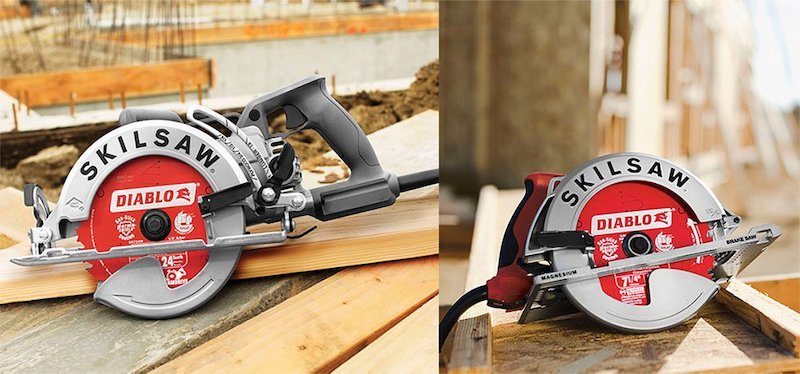
In this article, you will learn the differences between word drive circular saw or direct drive aka sidewinder circular saw. You know a circular saw is a 2nd tool every woodworker has in their workshop after a table saw. You won’t find any Jobsite where you don’t find a circular saw.
If you are a professional woodworker then you must have been asked this question many times by a newbie that whether to buy a worm drive saw or circular saw. Well, I can feel your frustration as I was asked the same questions many times.
Well, most of the entry-level and DIY woodworkers don’t understand that what they are really asking is to go for a worm-drive saw or sidewinder saw. Most people get confused because they may not know that there two different types of circular saws – worm drive saws and sidewinder saws.
The only major difference between the two is the location of the blade other than the motor.
Let’s discuss each of them in detail.
Worm Drive Saw
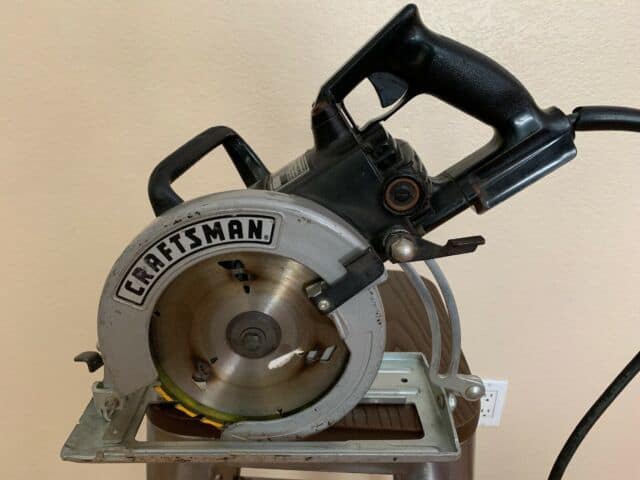
If you are looking for a saw with more torque and power then this is the one to go for. In the worm drive saw, the motor is placed more behind the blade than its sidewinder cousin which generated enough torque to cut wet lumber or concrete. That’s why worm drive is used in most of the framing and renovation jobs.
The handle is much backside as compared to sidewinder saws which help you to resist kickback and guides you to make long cuts. For right-hand users, the blade of the full-size worm drive saws sits on the left side allows you to see the cuts.
The worm-drive saw’s high torque due to slower speed and its slim design gives you a long reach and access to tight spaces which is difficult to reach for sidewinder.
Its rugged design and obviously higher priced than sidewinder make it best to use on professionals Jobsite. Any professional grade worm-drive saw costs about $150 to $200.
Pros of Worm Drive:
- Gives you access to more confined spaces
- For making longer cuts, there is a bigger distance between handle and blade
- More load-carrying capacity
- If you are a righty, it’s easier for you to see the cutline
Cons:
- Heavy
- Pricey
Sidewinder Saw
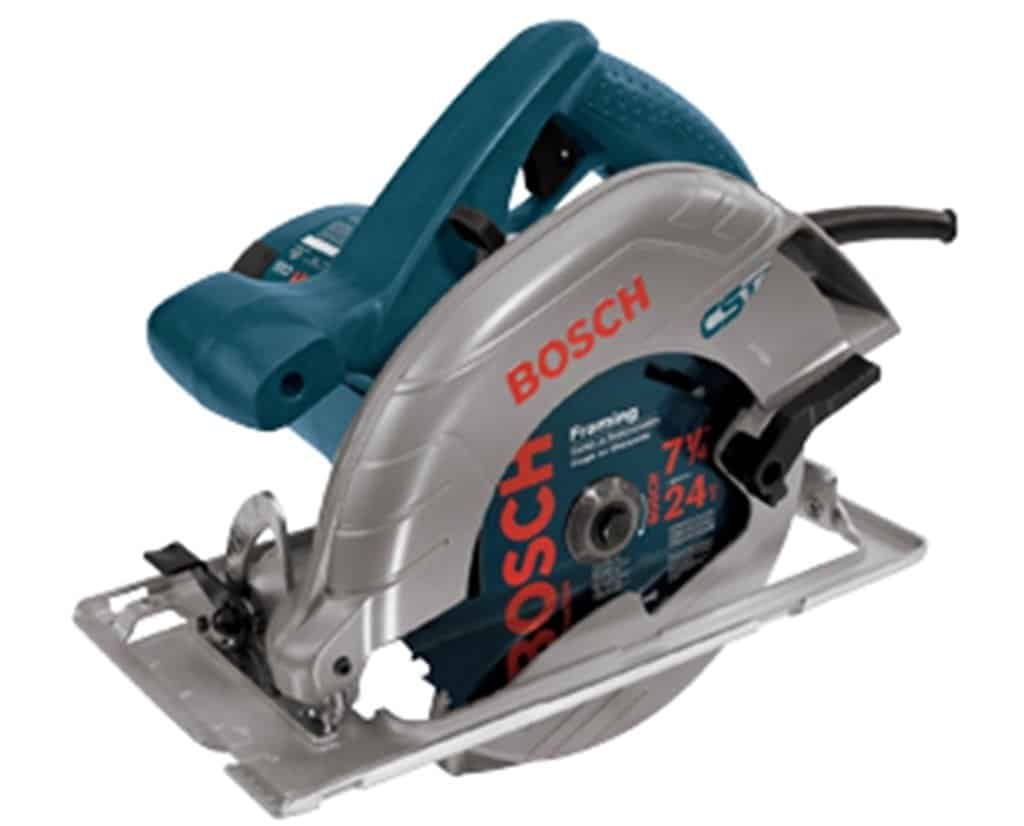
If you are a DIYer or who does occasional home remodeling, then a sidewinder is the perfect saw for you to do woodworking. This saw will cost around half as compared to worm-drive saws. The blade on the direct drive saw (also called a sidewinder) is on the right side so if you are lefty this is good for you. They don’t have much torque and there is also a risk of kickback.
The motor and blade sit alongside each other which makes this saw compact and hence more maneuverable and lightweight to use it for the whole day. This feature also makes this saw wider in profile and shorter in length due to which it can’t be used in tight areas. Also, it is not easy to make long cuts in one go as we can do with a worm drive.
Any pro-grade sidewinder costs between $125 and $150.
Pros of Sidewinder:
- Lightweight, compact and easier to manage
- Inexpensive
- Good for occasional home remodeling
- Ideal for repetitive cutting
Cons:
- Less Torque
- Can’t be used confined space
Conclusion: Which One Should You Choose?
Well, it’s very simple to choose one. If you are only buying a circular for the home renovation then you should go with Sidewinder saws. As it is inexpensive, lightweight and has enough torque to do home remodeling work.
For Carpenters and professional woodworkers, worm drive circular saws will be the ideal choice. It has high torque, can withstand wear and tear on Jobsite, can reach tight areas to make cuts. You can easily use it through wet lumber and concrete. If you are a pro, then the price must not be a concern for you here.
Related:
About the Author David Vieria
David has been a woodworker for most of his life — in his dad’s cabinet shop. After using the tools himself, he decided to share it his woodworking and power tools knowledge with DIYers. Read more about him

